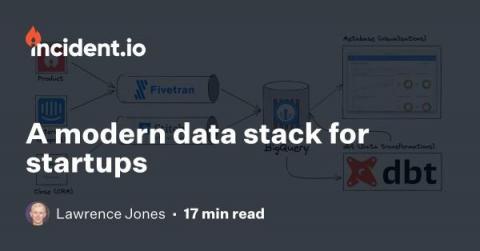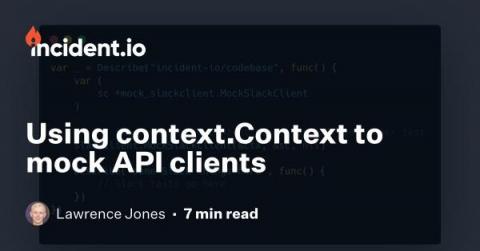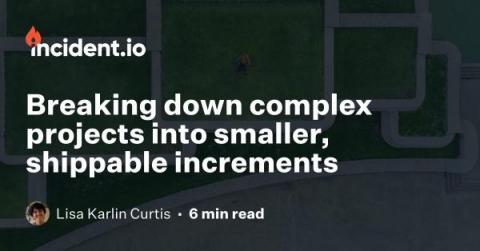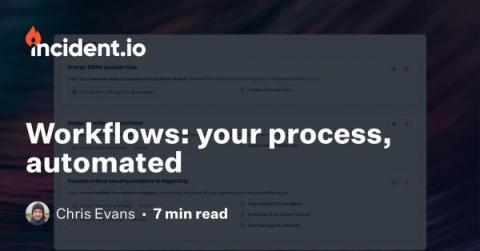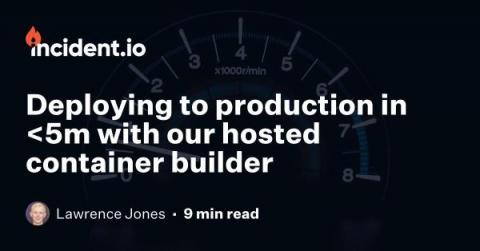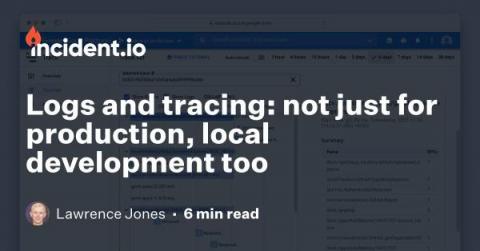A modern data stack for startups
Nowadays, easy access to data is table-stakes for high-performing companies. Easy access doesn't come for free, though: it requires investment and a careful selection of tools. For young companies like us, the question is how much? And when do you make that investment? Having grown to ten people, several without engineering backgrounds but with strong data needs, we decided 2022 was going to be that time.


